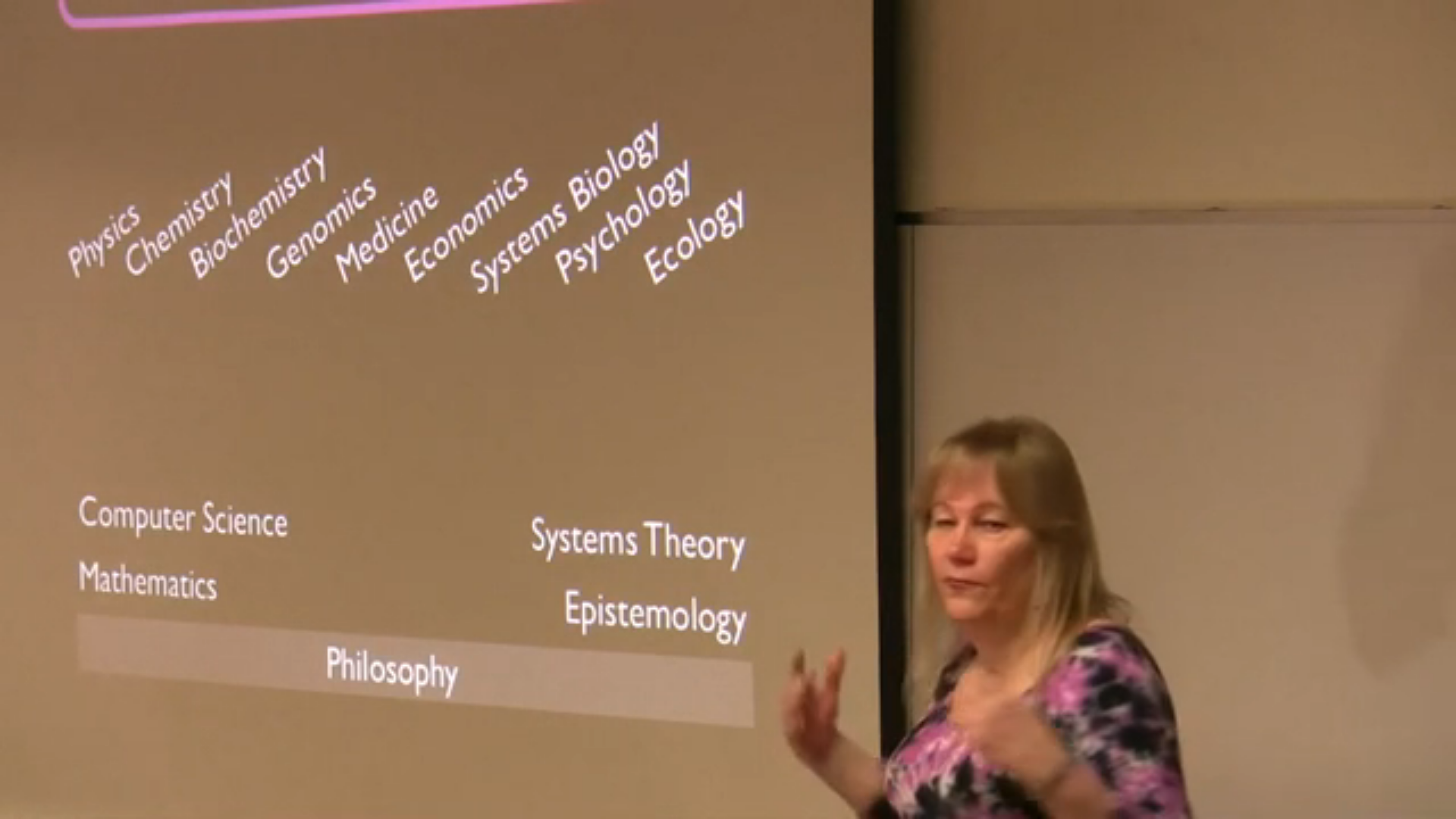Computer based analysis of the Semantics of language expressed as text is an AI level problem.
Existing methods almost universally use Models of Language (Dictionaries, Grammars, Word Nets, Taxonomies, and Ontologies). The two simplest and most pervasive Models claim that Languages have Words and that those Words have Meanings.
VIMEO 43890931 Semantics, Models, and Model Free Methods by Monica Anderson
While acknowledging that good alternatives do not yet exist, this talk attempts to make plausible that these two "obvious" but fatally incorrect Models result, automatically, in a cascading series of forced engineering decisions that each discard a fraction of the available semantics until we end up with brittle systems that fail in catastrophic and memorable ways.
The proposed alternative to word-centric Model Based methods of language analysis is Understanding Machines – capable of learning languages the way humans learn languages in babyhood – using new classes of algorithms based on Model Free Methods.
~
23:35 Emergence – 23:32 a subset of subjectivity or the other way round? ⇒ Christopher Alexander's later books ⇒ Nature Of Order: Subjectivity and Perception

28:58 – Philosophy
[…]
* Trial and Error (try anything)
* Enumeration (try everything once)
* Track successes and failures
* Table Lookup (of gathered experience) – 53:32;
Graph algorithms (table to graph transformation) page ![]() * Track Correlations
* Pattern Discovery based methods
* Adaptation
* Evolution or Evolutionary Computation
* Track Correlations
* Pattern Discovery based methods
* Adaptation
* Evolution or Evolutionary Computation
[…]
You have to know when you're done. ⇒ Limitationalität
What does Monica Anderson mean by "understanding" when she claims to be developing "a radically different natural language understanding algorithm"? quora ![]()
[…]
East Pole–West Pole divide wikipedia ![]()